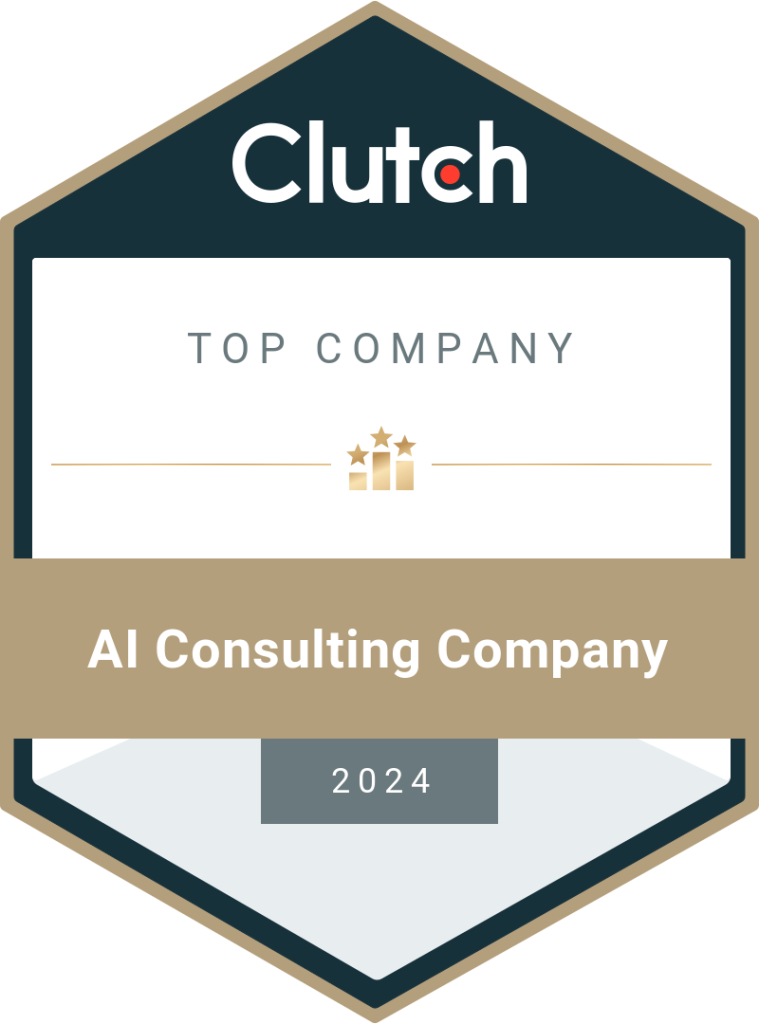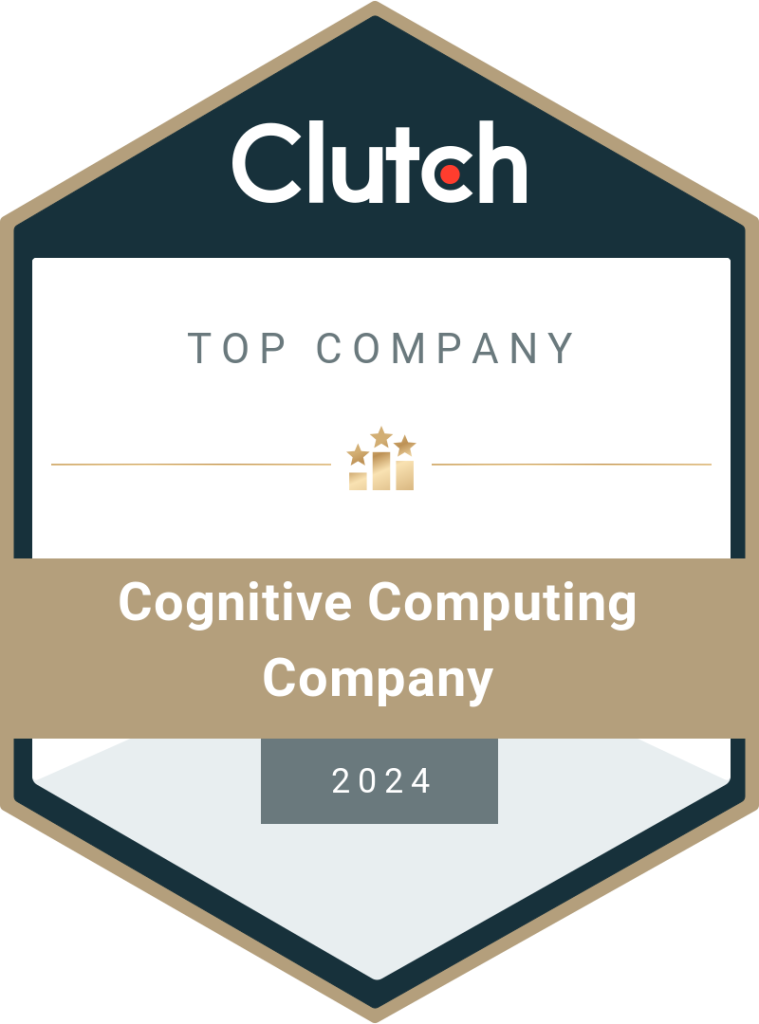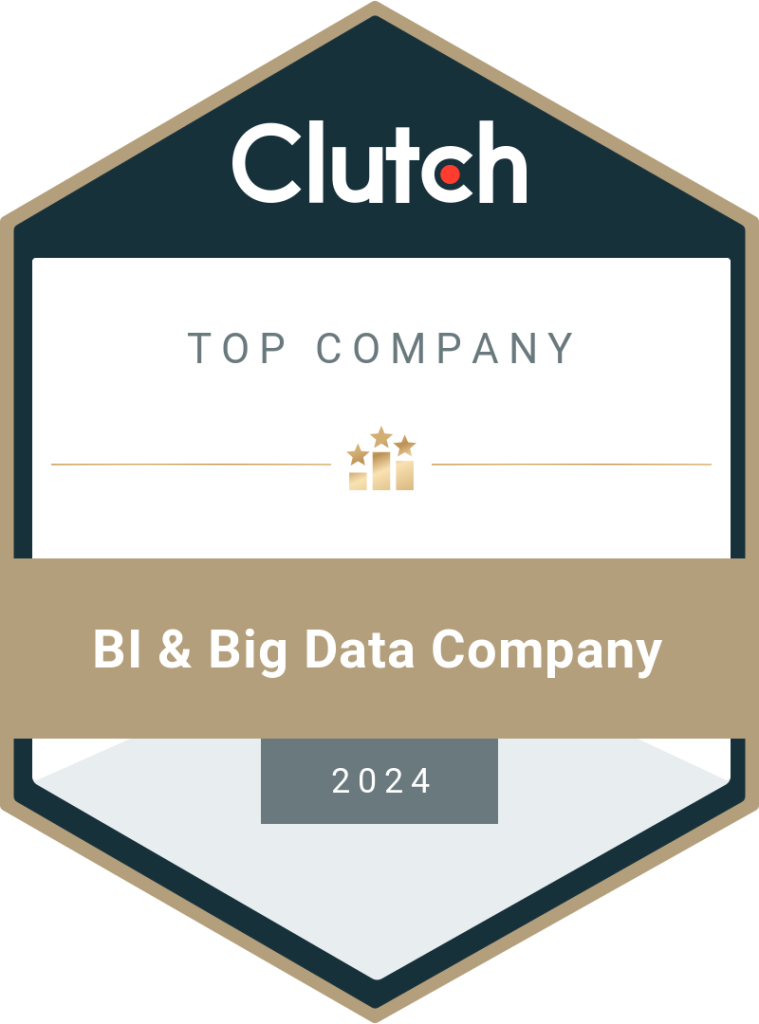Revenue Cycle Management in Healthcare: Your 2025 Playbook
RCM is a key process in the healthcare sector and impacts revenue and patient management. Here, we’ll discuss the top practices to enhance revenue cycle management in healthcare and the role of RCM analytics in the industry. There is an increase in demand for big data analytics in the healthcare industry to handle the increasing generation of new data every day. Technology has become an integral part of the industry for effectively managing large data volumes and providing data-driven decision-making analytics. Different types of services, like patient management, revenue cycle management, financial management, data management, etc., are offered by data analytics companies to help healthcare centers streamline their internal processes. RCM analytics is similar to healthcare analytics but focuses on the financial aspect of the business. Statistics show that the global healthcare analytics market was $44.8 billion in 2024 and is projected to reach $284.5 billion by 2035 at a CAGR (compound annual growth rate) of 18.3%. RCM, aka revenue cycle management, is one of the core functions in the healthcare sector. Setting up a comprehensive RCM system can reduce the risk of errors in patient data, reduce claim denials by insurance companies, and increase patient satisfaction with the healthcare center. In this blog, we’ll explore the role of RCM analytics and the best practices to follow when adopting the process. What is Revenue Cycle Management? Revenue cycle management is managing the revenue cycle in a healthcare center. A revenue cycle can be broadly classified into three stages – patient registration, preparing to claim insurance, and collecting the payment. These are further divided into multiple steps. But what is the use of RCM in medical billing? RCM combines various tasks and departments to create a pathway for the patient’s journey with the hospital. From the time the patient arrives at the hospital and asks for an appointment to the final bill payment after the treatment ends (and any other revisits), RCM ensures the patient’s data is accurately collected, recorded, stored, and shared with relevant parties to provide medical treatment and manage insurance/ payment for the services provided. RCM analysis minimizes the risk of mismanagement of these functions and increases overall efficiency. What is an Example of RCM? Let’s say, a patient with an ear infection visits the hospital for treatment. The front office staff will gather the patient’s details and give an appointment with the specialist. The report (tests and medication) recommended by the specialist has to be updated in the patient’s file. If surgery is necessary, the patient’s insurance details are collected so that the insurance company can contact them and file a claim to reimburse the expenses. When the patient goes home, the bill is settled by tallying the claim amount with the bill amount. The patient pays the balance, if any, to end the transaction. These are a series of tasks performed by different people over a period. With revenue cycle management in medical billing, these can be streamlined and accelerated using technology. Effective RCM enhances patient satisfaction while reducing the stress on hospital staff. What are the 12 Steps of the RCM Cycle? Now that you know what the revenue cycle process is, let’s look at the various stages of revenue cycle management. 8 Top RCM Practices to Follow in 2025 To get the best of RCM analytics, the healthcare center should follow the industry-wide best practices and be open to accepting new technology and modern processes. 1. Invest in Technology In a world where technology gives a business a competitive edge, not utilizing it can lead to chaos and decline. Considering the complex stages of revenue cycle management, healthcare RCM analytics include a range of tools and technologies. For example, a data warehouse has to be set up (on-premises or cloud) to store all the data in a central database. This data warehouse is integrated with input sources to collect patient data and connected with AI tools for data analytics and data visualization dashboards. More third-party integrations can be added to send the details to insurance companies for claim submissions. Invoice generation and payment management software are also integrated with the data warehouse to create an interconnected RCM system that provides real-time information to the hospital staff. 2. Collect Patient Data Early Patients are a key part of the healthcare system. Collecting all the necessary information about the patient will create a better profile and lead to more effective treatment. Similarly, asking patients about their insurance details right during the initial registration will allow the hospital to get the required pre-authorization for claim submission. Instead of waiting until bill generation, ask for the information when they register the first time. By storing this data in the central repository, the staff can access it whenever necessary. The claims can be submitted quickly, and patients can be informed in advance about any extra payments they would have to make if the insurance payout doesn’t cover the entire bill amount. 3. Optimize Patient Registration Process Collecting patient data upfront is the first step. This information has to be verified to avoid complications later on. For example, a simple clerical mistake in adding the insurance policy number can result in claim denial and loads of paperwork. Verifying the insurance details as soon as possible will prevent such delays and decrease the claim denial rate. Similarly, RCM performance analytics can be used to optimize the registration process and simplify it for the patients. After all, people don’t want to fill out a dozen applications just to get an appointment with a doctor. Identify the bottlenecks in patient registration and eliminate unwanted steps. Keep the forms straightforward but also include enough fields to collect the required information. 4. Aggregate Patient Data (Digitally) Digitalizing the process ensures patient records are moved to the data warehouse and can be accessed by doctors and admin whenever necessary. This is also important to process insurance claims as the details should be shared with the insurer. Thankfully, today’s revenue cycle management technology is advanced and
Read More





